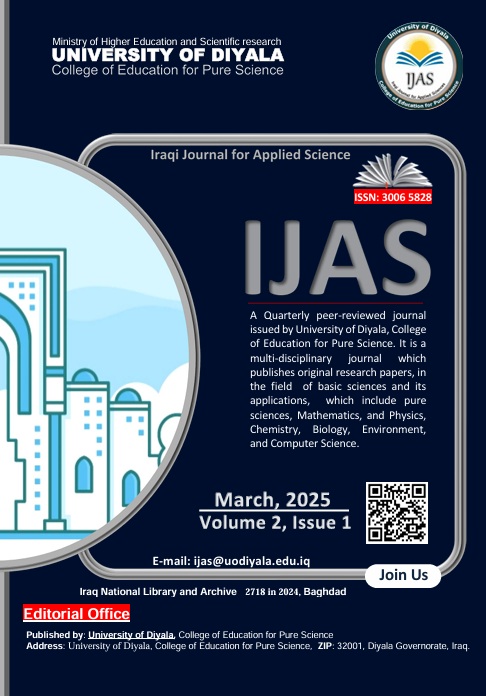Study of Valine as Green Corrosion Inhibitor for 304 Stainless Steel in Saline Solution
DOI:
https://doi.org/10.69923/pq8z5081Keywords:
Corrosion inhibition, Free energy of adsorption, Adsorption Mechanism thermodynamic parameters, Stainless SteelAbstract
The effectiveness of amino acid valine in preventing corrosion of 304SS in a sodium chloride (0.6 M NaCl) solution as a green inhibitor was investigated both with and without the organic inhibitor at temperatures between 298 and 328 K. With the use of the potentiodynamic polarization approach, the electrochemical performance related to the amino acid valine had been investigated. Using scanning electron microscopy (SEM), the metal surface was researched. The findings demonstrated that inhibition efficiency increased with inhibitor concentration increase but decreased as temperature increased. According to polarization measurements, valine has physically adsorbed on the stainless steel surface, is regarded as a cathodic inhibitor, and complies with the Langmuir adsorption isotherm. To illustrate the corrosion inhibition process, a few thermodynamic parameters like Gibbs free energy (∆Gads) as well as activation energy (Ea) were calculated. The Arrhenius theorem has been used to assess the kinetic limitations. A suitable mechanism for the corrosion of stainless steel in saline solution had been predicted.
Downloads

Downloads
Published
Issue
Section
License
Copyright (c) 2025 Iraqi Journal for Applied Science

This work is licensed under a Creative Commons Attribution-NonCommercial-NoDerivatives 4.0 International License.
Licenses and Copyright
The following policy applies to the Iraqi Journal of Sciences (IJAS).
- IJAS applies Creative Commons Attribution (CC BY) license
- If you have written permission to do so, yes. If your manuscript contains content such as photos, images, figures, tables, audio files, videos, etc., that you or your co-authors do not own, we will require you to provide us with proof that the owner of that content (a) has given you written permission to use it, and (b) has approved of the CC BY license being applied to their content. We provide a form you can use to ask for and obtain permission from the owner. If you do not have owner permission, we will ask you to remove that content and/or replace it with other content that you own or have such permission to use. Don't assume that you can use any content you find on the Internet, or that the content is fair game just because it isn't clear who the owner is or what license applies. It's up to you to ascertain what rights you have” if any” to use that content.
- Many authors assume that if they previously published a paper through another publisher, they own the rights to that content and can freely use that content in their PLOS paper, but that is not necessarily the case; it depends on the license that covers the other paper. Some publishers allow free and unrestricted re-use of article content they own, such as under the CC BY license. Other publishers use licenses that allow re-use only if the same license is applied by the person or publisher re-using the content. If the paper was published under a CC BY license or another license that allows free and unrestricted use, you may use the content in your IJS paper provided that you give proper attribution, as explained above. If the content was published under a more restrictive license, you must ascertain what rights you have under that license. At a minimum, review the license to make sure you can use the content. Contact IJAS if you have any questions about the license. If the license does not permit you to use the content in a paper that will be covered by an unrestricted license, you must obtain written permission from the publisher to use the content in your IJSPlease do not include any content in your IJAS paper that you do not have rights to use, and always give proper attribution.
- If any relevant accompanying data is submitted to repositories with stated licensing policies, the policies should not be more restrictive than CC BY.
- IJAS reserves the right to remove any photos, captures, images, figures, tables, illustrations, audio and video files, and the like, from any paper, whether before or after publication, if we have reason to believe that the content was included in your paper without permission from the owner of the content.
References
Marshall,G.C.and H.W.Ohm 1987 .Yield responses of 16 winter wheat cultivars to row spacing and seeding rate .Agronomy Journal .79:1027-1030









